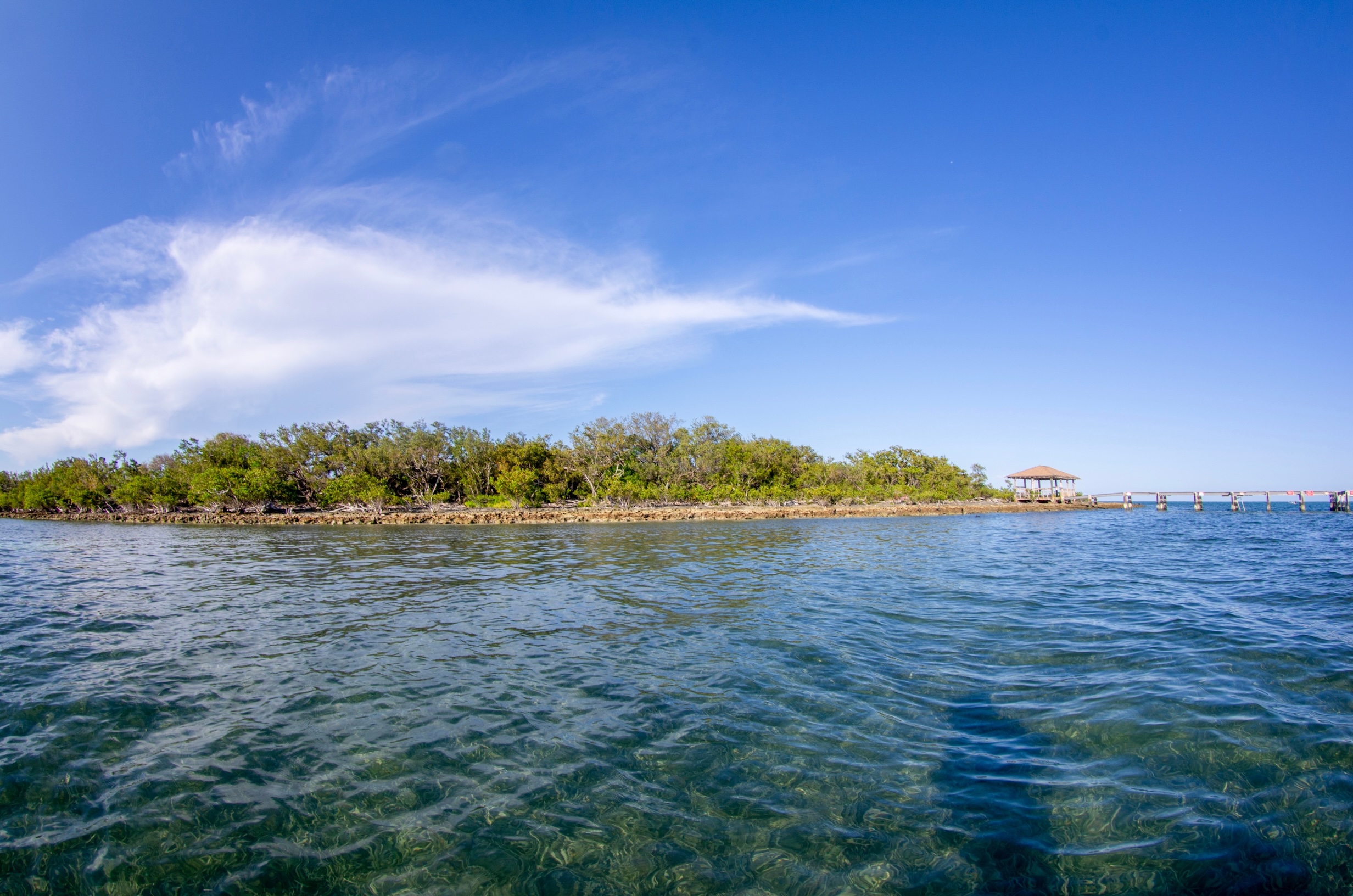Just off the coast of Islamorada, floating in the turquoise waters of the Florida Keys, lies a ghost town few people know about. It’s called Indian Key, and it was once one of the most important places in South Florida.
Yes—this tiny island was once the county seat of Dade County.
Today, it’s quiet. Uninhabited. A peaceful kayak destination. But back in the 1830s, Indian Key was a bustling community full of dreams, drama, and danger.
Let’s take a trip back in time.
A Boomtown on the Reef
In the early 1800s, Indian Key had something special—location.
It sat close to the Florida Reef, a dangerous spot for ships. That made it a perfect base for a booming business: wrecking. When ships ran aground, local salvagers would race to the scene and claim the cargo. It was risky, fast-paced work—but incredibly profitable.
At its peak, Indian Key had about 60 residents. There were homes, stores, warehouses, and even a hotel. It was one of the most developed settlements in the Keys.
One of its most ambitious residents was Dr. Henry Perrine, a botanist with big ideas. He wanted to turn South Florida into a tropical farming paradise using plants from around the world. Indian Key was his base of operations.
Dade County’s First County Seat
Here’s where it gets surprising: In 1836, Indian Key was officially named the county seat of Dade County.
Why? Because most of mainland Dade was still undeveloped and dangerous during the Seminole Wars. Indian Key, by contrast, had people, buildings, and access to the sea. It made sense.
For a while, the little island handled official business for the entire county. That included mail, records, and court functions.
It didn’t last long—but for a brief moment, Indian Key was at the center of South Florida’s government.
Attack and Abandonment
The good times didn’t last.
On August 7, 1840, during the Second Seminole War, a group of Seminole warriors attacked the island at dawn. Most of the men were away, so the island was poorly defended.
Buildings were burned. Several people were killed, including Dr. Perrine. The rest fled or hid until help arrived.
After that, Indian Key was never the same. It lost its status. The businesses closed. Slowly, the island was abandoned.
Later, the boundaries between counties changed, and Indian Key eventually became part of Monroe County.
What You’ll Find Today
Today, Indian Key is a Florida State Park. No one lives there, but you can visit.
The only way to get there is by boat or kayak, launching from Islamorada. Once you arrive, you’ll find shaded trails, ruins of old buildings, and signs that tell the story of the island’s past.
There’s no water, no electricity, and no crowds. Just ocean breeze and echoes of history.
It’s a peaceful spot—one that feels frozen in time.
A Forgotten Chapter in Florida History
Indian Key is more than just a dot on the map. It’s a window into a time when the Florida Keys were wild, untamed, and full of potential. It played a key role in shaping both Dade and Monroe Counties, even if only for a little while.
So next time you’re in Islamorada, consider renting a kayak and paddling out. You’ll not only get some exercise—you’ll visit one of Florida’s most fascinating forgotten places.


 Facebook
Facebook
 X
X
 Pinterest
Pinterest
 Copy Link
Copy Link


